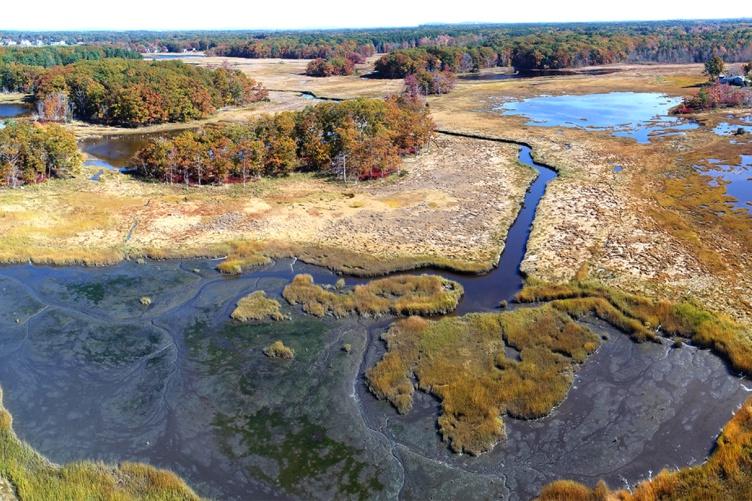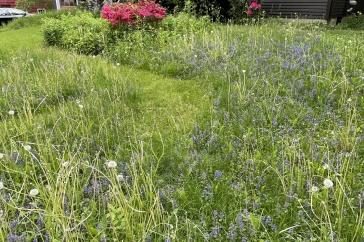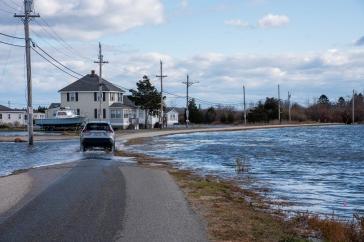
New England’s salt marshes are changing, 用于监控其转换的技术也是如此. 联合国大学的研究人员现在依靠尖端的无人驾驶飞行器(uav), 更常见的说法是无人机,它可以捕捉空中图像,监测沼泽植被物种的变化, 表明这些关键生态系统的健康和寿命发生了变化.
在一个 研究 published in the journal Remote Sensing, 研究人员依靠无人机衍生的沼泽图像,使用近红外颜色波长结合海拔数据来绘制这些景观中的各种植被物种. 这种方法优于真彩色图像,即使它们与高程数据配对. 研究进一步表明,10月初是本地区一年中捕获无人机图像用于沼泽物种测绘的最佳时间.
“Marshes are at risk because of many drivers, including urban expansion and sea-level rise,解释说 Michael Routhier, researcher in the 主要研究 Earth Systems 研究 Center and the first author on this 研究. “无人机遥感技术的使用为监测这些生态系统提供了一种新的方法,以非常高的空间分辨率监测这些生态系统,这是传统航空或卫星遥感技术无法提供的.”
Salt marshes are critical habitats. 它们为许多动植物提供了家园和苗圃, 缓冲海浪和风暴潮对我们海岸线的影响, trap sediments to help keep our coastal waters clean, and act as a sink to the larger global carbon cycle, Routhier笔记. 这项研究的方法和发现可以为资源管理者提供永利app新版本官网地址如何最好地监测沼泽以帮助维持其生存的见解.
的 联合国大学地球、海洋和空间研究所(EOS) is 主要研究's largest research enterprise, comprising six centers with a focus on interdisciplinary, high-impact research on Earth and climate systems, 空间科学, the marine environment, seafloor mapping and environmental acoustics. 大约有100名主要研究人员管理着400多个个人补助金, and with annual expenditures exceeding $95 million, EOS营造了一个知识和科学的环境,在世界一流的研究生教育中推进了有远见的奖学金和领导力.
-
写的:
Rebecca Irelan | Institute for the Study of Earth, Oceans, and Space | 丽贝卡.irelan@0933282516.com | 603-862-0990


















































